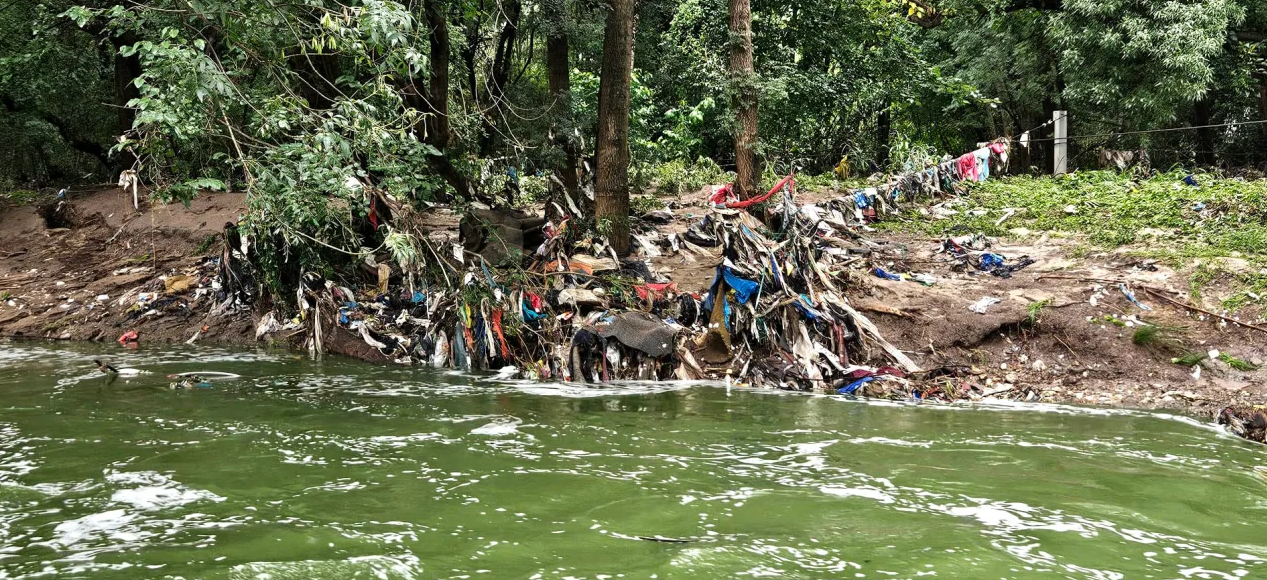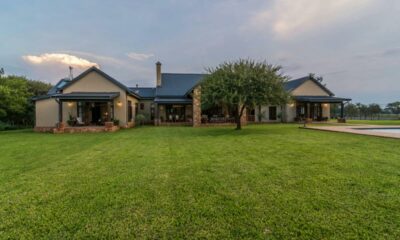News
Hennops River Crisis: How Pollution Turned Gauteng’s Lifeline Into a Health Hazard

What used to be a peaceful retreat lined with restaurants and teeming with wildlife has now become one of South Africa’s most tragic environmental stories. The Hennops River, flowing through Gauteng’s economic heartland, is in a state of decay so severe that it’s endangering lives, livelihoods, and food security.
Once the pride of Centurion, the now-barren lake named after the area is almost unrecognizable. Thick with sediment, littered with plastic, and choking on sewage, Centurion Lake emits a stench that repels residents and visitors alike. Signs warn against swimming, fishing, or boating—not for legal reasons, but because contact could cost you your health.
A River in Ruins
The source of the Hennops River lies in Kempton Park, where relatively clean streams like the Sesmylspruit merge with heavily polluted ones such as the Kaalspruit. As the river winds through communities like Tembisa, Ivory Park, and Olifantsfontein, it picks up untreated sewage, industrial chemicals, and tonnes of trash. By the time it reaches Centurion and flows into the Crocodile River and Hartbeespoort Dam, it has become a toxic cocktail.
Overloaded and outdated wastewater treatment plants like the Olifantsfontein WWTW are ill-equipped to handle the volume. Often operating beyond their designed capacity, these plants release millions of litres of barely treated effluent into the river each day.
According to water expert Professor Anthony Turton, the country’s wastewater management is so broken it’s slowly poisoning the drinking and irrigation water of millions.
Health and Economic Fallout
E. coli counts in the river have reached the millions—thousands of times above safe levels. Scientific studies confirm the river is no longer fit for drinking, farming, or even recreational use. Fish and other aquatic life have vanished. Tragically, in late 2024, one longtime resident died after exposure to the water—proof, say locals, that the river is not just unwell, it’s deadly.
Centurion Mall and nearby properties have seen property values drop. Businesses that once thrived along the lake have shut down. The knock-on effect is economic stagnation in an area that should be flourishing.
A Crisis Decades in the Making
This environmental disaster didn’t happen overnight. Legacy issues dating back before 1994—such as inadequate wastewater infrastructure, illegal sand mining, and unregulated urban growth—have festered with little intervention. Despite public outcry, government responses have often been limited to promises or small-scale cleanups.
Illegal dumping, stormwater mismanagement, and sediment buildup are accelerating the river’s decline. Local authorities and even national departments have failed to maintain wastewater systems or prosecute polluters.
A 2024 memorandum between the City of Tshwane and the Department of Water and Sanitation promised action. But real progress has been slow.
NGOs Fighting for a Future
Despite bureaucratic inertia, community groups have stepped up. NGOs like Hennops Revival, Fresh (Fountain River Environmental Sanctuary Hennops), and Deep Water Movement are doing the heavy lifting—cleaning riverbanks, setting up waste traps, educating communities, and even creating job opportunities.
Since 2019, Hennops Revival has conducted over 700 cleanups and removed more than 4.5 million kilograms of waste. Their efforts have also created over 8,000 short-term jobs.
However, even these tireless efforts face challenges. Some NGO operations are sabotaged by vested interests—especially illegal mining operations that profit from the chaos.
The Call for Accountability
Groups like WaterCAN are demanding real accountability. They’re pushing for legal action—not just against municipalities, but against specific individuals responsible for pollution and mismanagement. Their vision includes citizen science programs to monitor water quality, ring-fenced budgets for water infrastructure, and even litigation if necessary.
Professor Turton supports a radical rethink: special-purpose vehicles (SPVs) and public-private partnerships to manage sewage systems, and even innovative solutions like tradable water credits—where measurable improvements in water quality are turned into economic value.
“This river has all the right stakeholders already in place. What we need now is political will—and a champion to lead the way,” says Turton.
Why This Matters
This isn’t just a story about a river. It’s about how we value our environment, our health, and our future. The Hennops feeds into Hartbeespoort Dam—a critical water source for irrigation and farming. If left unchecked, this crisis could affect food security for millions.
The Hennops River used to give life. Now it takes it. But with the right leadership, public support, and sustainable investment, the river doesn’t have to remain a symbol of failure. It could become a model for recovery.
Images of Hennops River pollution

Sourced Business Tech Seth Thorne

Sourced Business Tech Seth Thorne

Sourced Business Tech Seth Thorne
{Source: BusinessTech}
Follow Joburg ETC on Facebook, Twitter , TikTok and Instagram
For more News in Johannesburg, visit joburgetc.com



























